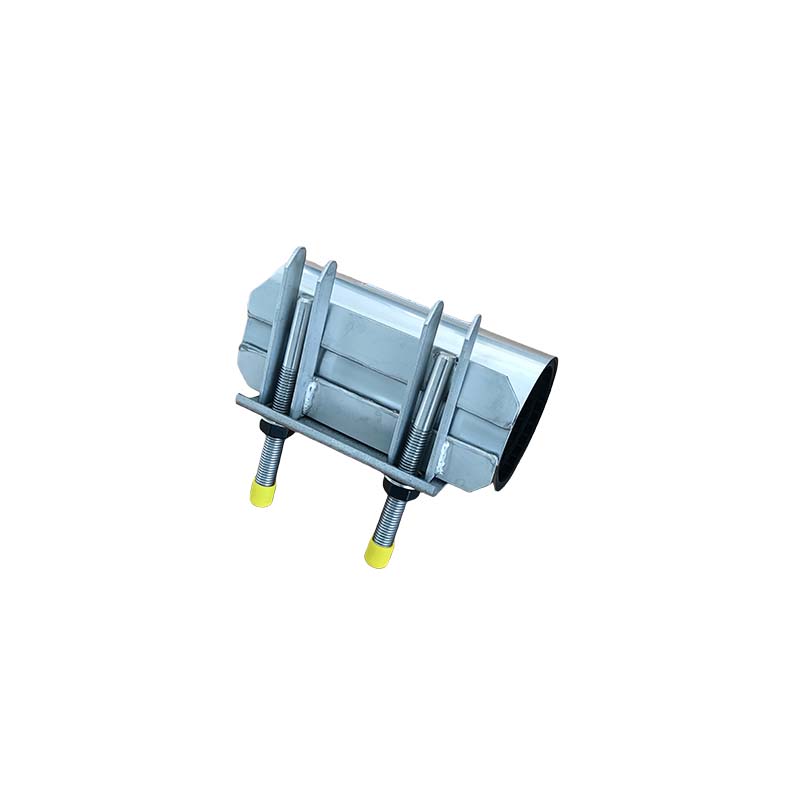air compressor relief valve
Understanding Air Compressor Relief Valves
Air compressors are essential tools in various industries and applications, providing compressed air for everything from powering pneumatic tools to inflating tires. However, like any mechanical system, air compressors are subject to a variety of pressures and stresses that can lead to potential hazards if not carefully managed. One critical component designed to ensure safety in air compression systems is the relief valve.
What is a Relief Valve?
A relief valve is a safety device that is designed to release pressure within a system when it exceeds a predetermined threshold. In the context of air compressors, this means that the relief valve is an essential component that prevents overpressurization, which can lead to catastrophic failures, equipment damage, or even personal injury.
The basic function of a relief valve is straightforward. It monitors the air pressure within the tank or the system and, when the pressure reaches an unsafe level, it automatically opens to release excess air. This process helps to maintain a safe operating pressure, ensuring the longevity of the equipment and the safety of operators.
How Relief Valves Work
Relief valves can vary in design and specifications, but most operate on similar principles. The valve typically consists of a spring-loaded mechanism that holds a disk or a poppet in place. Under normal operating conditions, the spring exerts a force that keeps the valve closed. As the air pressure within the tank increases, it applies force against the disk or poppet. When the pressure force exceeds the spring force, the valve opens, allowing air to escape.
Once the pressure drops back to a safe level, the spring pushes the disk or poppet back into the closed position, sealing the system again. This automatic resetting feature makes relief valves particularly effective for continuous operation within air compressor systems.
Types of Relief Valves
There are several types of relief valves commonly used in air compression systems
air compressor relief valve

1. Spring-Loaded Relief Valves The most common type, these use a compressible spring to control the opening and closing of the valve based on the pressure in the system.
2. Pilot-Operated Relief Valves In this design, a smaller pilot valve controls the larger main valve, allowing for more precise control over pressure levels.
3. Electronic Relief Valves These valves use sensors and electronic controls to monitor pressure and can adjust themselves more dynamically than mechanical systems. They are often used in more complex or automated air compression systems.
Importance of Proper Maintenance
While relief valves are designed to enhance safety, it is crucial that they are properly maintained and inspected regularly. Over time, debris or dirt can accumulate, affecting the valve's operation. Additionally, worn components can lead to reluctance in the valve opening, which increases the risk of dangerous overpressurization. Regular maintenance includes checking for leaks, ensuring the valve opens at the correct pressure, and replacing any worn or damaged parts.
Regulations and Standards
In many regions, regulatory bodies impose standards regarding the installation and maintenance of relief valves on air compressors. Adhering to these regulations is not just about compliance; it's also paramount for safe operation. Operators should familiarize themselves with local regulations and ensure that their systems are equipped with correctly rated relief valves that meet or exceed the required specifications.
Conclusion
In conclusion, the air compressor relief valve is a simple yet critical component of air compression systems. It plays a vital role in maintaining safe operational pressures, protecting both equipment and personnel. Understanding the functioning, types, and maintenance of relief valves is essential for anyone involved in the operation of air compressors. By prioritizing safety and adhering to maintenance best practices, users can ensure efficient and safe operation of their air compressors for years to come. Regular inspection and compliance with regulatory standards will not only help extend the life of the compressor but also prevent potentially dangerous situations caused by excessive pressure.
-
The Essential Component for Safe Urban InfrastructureNewsMay.14,2025
-
The Backbone of Urban InfrastructureNewsMay.14,2025
-
Practical and Stylish Solutions for Your Drainage NeedsNewsMay.14,2025
-
Lamphole Frame and Cover: Essential for Urban InfrastructureNewsMay.14,2025
-
A Seamless and Aesthetic SolutionNewsMay.14,2025
-
A Must-Have for Safety and DurabilityNewsMay.14,2025
-
Pipe Repair Clamps: Your Ultimate Solution for Efficient RepairsNewsMay.09,2025
